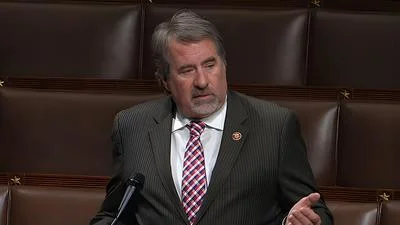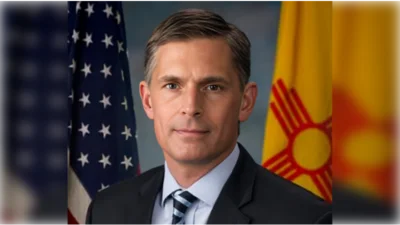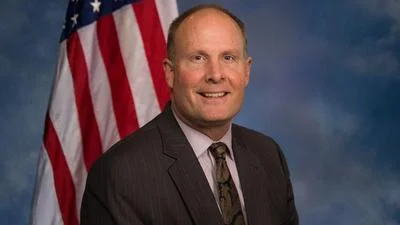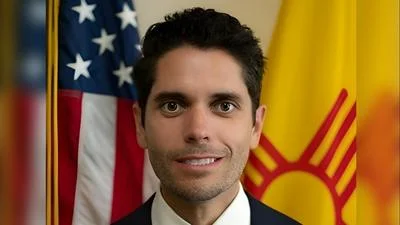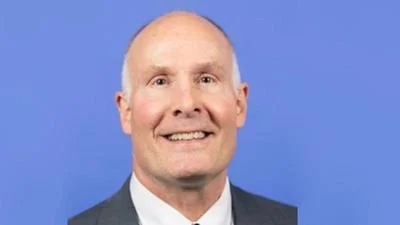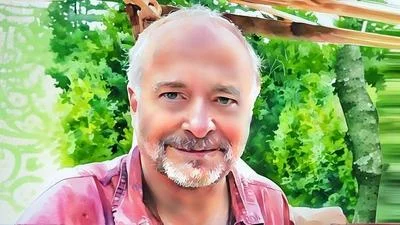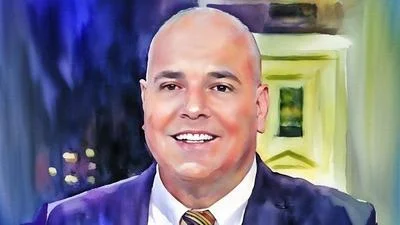Tom Jankovsky is the public lands planning lead for the Board of County Commissioners in Garfield County, Colorado. He was inducted in the Colorado Ski and Snowboard Hall of Fame in 2012.
Federal Newswire
Where and how big is Garfield County, and how much federal land is there?
Tom Jankovsky
Garfield County is in west central Colorado, I think it’s the seventh largest county in Colorado. It’s about 3,000 square miles of land, which is about 19 1.9 million acres. We go from what's the Glenwood Canyon all the way to the Utah border. We have six municipalities with a population of about 60,000, and it's grown a little bit with the immigrants that come into our country just like all of the United States.
We are in the eastern side of our county. We're primarily tourism driven. We have the Glenwood Springs under the world's largest hot springs pool, and rafting, skiing, biking. Really a tourism base.
The east and west end of our county is primarily natural resources. We are home to the second largest natural gas reserves in the States. That's extremely important for us, especially when it comes to property taxes. About half of our property taxes, almost $24 million, come from oil and gas production. We have about 11,000 active wells in our county, 62% public lands.
It's pretty evenly split between the Bureau of Land Management and U.S. Forest Service. Of the Forest Services lands, about 200,000 acres are flat-tops wilderness areas that were put in during the Wilderness Act of 1974.
Federal Newswire
Are those wells on private or public land?
Tom Jankovsky
They are primarily on private land. That is because it used to be easier to drill on private land. Governor Gallagher, our current governor, has put a lot more rules and regulations in which make drilling on private land more of a process. So now about three quarters of the wells are on private land, maybe more.
We also have pipelines that connect to pipelines to go east and west. The infrastructure is here and that makes it appealing for developing oil and gas.
Federal Newswire
Is it important to have a mix of different industries in your county?
Tom Jankovsky
Well there needs to be a balance. Colorado is a beautiful state. Even with all 11,000 wells, our county is a beautiful county. We put a lot of resources into trying to protect our ability to have multiple uses on public lands. That is really because of the importance of the oil and gas industry, not just in jobs, but in property taxes.
It’s [how] we're going to pay our sheriff, have people here for protection and safety, and how our fire departments are going to operate. Even in Rifle, Colorado, which is another county, another municipality in Glenwood Springs, the hospital district is funded by property taxes and 85% of their property taxes are coming from the oil and gas industry.
There is definitely a balancing act. I'm in a county that is purple. We have three Republican county commissioners, but we're a purple county. But you can't forget about those natural resources that are so important and we can't just leave them in the ground. There are people out there who say we can leave them in the ground, but believe me, this basin is going to be here for another millennia. You are going to be producing natural gas for the good of not just the United States, but the good of the world.
Federal Newswire
How does your county’s relationship with the federal government influence how you manage lands and resources in your county?
Tom Jankovsky
It's not just Garfield County, it is probably most of the counties in the 11 Western states that have a high percentage of public lands. We don't receive property tax from the federal government for those two-thirds of our land. The use of their lands, multiple-use, includes cattle grazing and timber.
We do have logging in our county, we have a biomass electric plant to the east of us in Eagle County. They log and ship to Aspen for their biomass. Hunting is really big. We have one mine.
Recreation's big; mountain biking, tourism on our rivers, rafting, kayaking–and those are all managed by the federal government as well. Multiple-use is extremely important. You take that away from us and you make us a poor county.
Federal Newswire
How often do you have to deal with the federal government to make use of these lands?
Tom Jankovsky
It's interesting how with administrations that changes. We are in the middle of planning decisions, and [for some cities] the greater sage grouse is one. Some of that unfortunately comes out of court decisions.
In one case, the state of Colorado took it back to court…Those are actually direct that our very small staff put a lot of time and energy into those, and we do travel to Washington, D.C. at times to plead our case.
Federal Newswire
How much money does this cost the county?
Tom Jankovsky
We only have 3-4 staff members that work on these. However, we use outside resources as well. We hire biologists to help us with the habitat and ecosystems, economists to help us with how this will affect our economy as far as jobs and taxes. We've hired another group, American Stewards of Liberty, to shore up how we coordinate with the federal government.
With the greater sage grouse, the maps were so awful. We spent our own money to go out and map the county and then the rest of Colorado got northwest Colorado into it. We remapped as counties in northwest Colorado for greater sage grouse habitat and there was a large expense in that as well.
So, it's a lot of time and resources. In the greater sage grouse, we're just about ready for the draft. It's been a long process. I started as a commissioner in 2011 and I've been working on the greater sage grouse list all that time.
Federal Newswire
Can you explain the ESA’s land use statute and how it is framed by the Biden Administration's 30x30 plan?
Tom Jankovsky
The Greater Sage Grouse [has led to] probably one of the biggest land-grabs in western United States history. It covers from North Dakota all the way to California. There are probably 550,000 Greater Sage Grouse. They're not in danger or threatened. They call it a “sensitive” species. In our county, they have a mating area, and those are mapped and you can't have any drilling or surface occupancy within a mile.
Yet 98% of those public lands in Garfield County are already leased. So somebody was planning to drill on them. So that is one way of using the Endangered Species Act to tie up land and stop oil and gas development.
Federal Newswire
What are Natural Asset Companies and how would they affect your county?
Tom Jankovsky
There was a progression. It started out with the “30x30” and “America the Beautiful” [programs], and then it went into the BLM as a conservation ruling. The ruling was that they could lease land for conservation, so basically to not be productive. Then the natural asset companies [become] a vehicle to lease that land. It is one step after another.
It’s just another way to stop oil and gas production, and it's kind of devious in how you get there. Natural asset companies were going to be on the stock exchange. They would generate money, but there would be no return. I've never heard of that from the land.
Even in Nebraska, where you have large ranches, it potentially can take away acreage that's productive, supports jobs and local people, and provides schools and public safety.
I think it's deceiving and somewhat corrupt. Now I know somebody that's maybe opposed to oil and gas sees that differently. But believe me as a county commissioner and somebody who has to work with constituents and run a county, it's a little bit frightening.
Federal Newswire
Is it true that natural asset companies that gain rights to the air and water can dictate who gets to use these resources?
Tom Jankovsky
Yeah, that's right. Let's say somebody leases a large portion of land. Now, potentially you can't hunt on that land. It might even be trespassing if you're going to hike on that land.
Now conservation and wilderness areas are a little bit different because in wilderness areas, you can't drive on them but you can at least walk through them. But they're really not managed. I would imagine these conservation areas would go back to their natural state [and with that] we lose all kinds of opportunity. We lose quality of life, jobs, and a tax base. That's how you make Western-state counties that are rural into poor counties.
Federal Newswire
The FCC has recently pulled the rulemaking needed for NACs. What are your other concerns about this?
Tom Jankovsky
There's a constant threat. First, I think the next thing we're going to have to look at from natural asset companies is going to be the “natural capital accounts,” which the Biden administration put in place. They say we want to know what the assets are–the natural assets on this public land. So that's something else we're going to have to watch.

